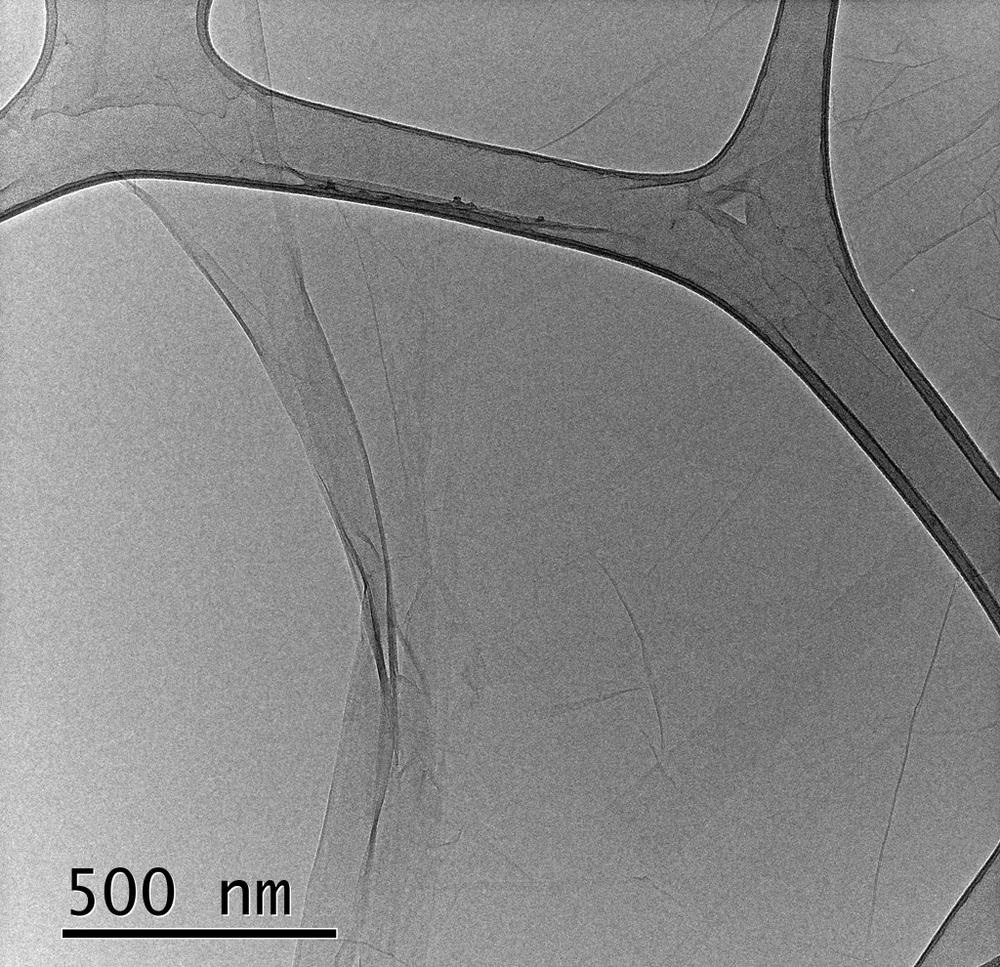In a study published recently in the journal Applied Surface Science, a fabrication method was demonstrated for Janus cadmium/manganese sulfide graphene oxide films (CdS/JGFs/MnS) with unique asymmetrical architecture as well as the distinct surfaces of the sheets by interfacial reactivity.

Study: From One to Three: How to Achieve Well-steered Spatial Charge Separation in Janus-like Asymmetrically Graphene Oxide Films for High Photocatalytic Performance. Image Credit: Daniel Ramirez-Gonzalez/Shutterstock.com
Here, CdS/MnS nanoparticles (NPs) were deposited on-site on two opposing surfaces of graphene oxide (GO) sheets.
An unsymmetrical Janus p-n heterojunction may be advantageous for light absorption. It can offer a tight heterojunction interaction among photocatalytic materials, allowing photo-excited electrons and holes close to the Janus GO films to move in opposing directions to boost catalytic performance.
Advantages of Janus Nanostructures
Asymmetrical Janus nanoscale structures with linked operational compositions may be created in many ways to provide an appealing form, makeup, function, and other features that might contribute to advancements in photonic and electronic equipment, solar cells, catalysts, and so on.
Notably, Janus graphene oxide (GO) is a novel family of Janus substances that allows for the bonding of multifaceted components on opposing sides, endowing Janus GO with distinctive features. Janus GO fabrication using platinum and titanium dioxide (Pt|GO|TiO2) has previously been described, wherein photoexcited electrons move from the photoabsorbent Janus GO surface to the opposing electron-accepting Janus GO surface.
According to the findings, photoexcited electron segregation on opposing faces of slender 2D nanostructures is conceptually and operationally essential, particularly in photoelectrocatalytic uses. Furthermore, the Janus nanoscale architecture equips composites with spatially isolated redox spots, which may significantly reduce harsh back reactions.
Fabrication of Janus Nanostructures
Janus Pt|GO|TiO2 nanoscale structures are created using a SiO2|Si wafer platform and sophisticated methods that severely limit their scalable manufacturing. Furthermore, even though incorporating noble metals such as platinum, gold, or palladium on semiconductors has been shown to play a major role in improving charge segregation and speeding up photocatalysis, scalable implementation of catalysts based on noble metals remains challenging because of their scarcity and high expenses.
As a result, it is crucial to investigate new catalytic materials that display greater catalytic efficiency while being economical and scalable.
p-n Heterojunctions Made from Transition Metal Chalcogenides
Chalcogenides of transition metals have been used in water treatment, generation of sustainable energy, photovoltaic panels, and photosensors as essential photo-responsive substances with acceptable band locations and outstanding electric conduction capabilities.
Unfortunately, owing to quick electron-hole recoupling, there are limitations to their widespread deployment. The formation of a powerful in-built field at the junction and effective electron-hole segregation in a photocatalytic composite system is well documented. Creating a heterostructure p-n junction among said chalcogenides creates a desired and advantageous arrangement for photocatalytic activities.
The team showed a viable way for on-site production of unsymmetrical Janus GO films containing n-type semiconductive CdS and p-type semiconductive MnS nanoparticles (NPs) on opposing sides (CdS/JGFs/MnS) using a liquid-liquid (water/tetrachloride) interfacial precipitation technique.
It is worth mentioning that the Janus p-n heterojunction design can efficiently optimize the electronic framework, electrical conductance, and charge segregation by the interior electric field. The fluctuation in relative locations of the band, as well as the construction of the in-built field in the p-n heterojunction successfully ensure the opposing migratory course of photoexcited electrons and holes, considerably increasing their segregation efficiency and surviving duration.
The study demonstrated the viability of utilizing Janus GO sheets to spatially separate electrons and holes in nanostructured particles to increase photocatalysis efficiency. Since the production and assessment methodologies for unsymmetrically functionalized Janus GO sheets based on synthetic nanoparticles are generic, the use of Janus GO sheets to guide electron-hole segregation might be applied to a wide range of systems.
Key Findings of the Research
The Janus p-n heterojunction exhibits extremely high photocatalytic breakdown (towards methyl orange MO) and disinfectant performance (considerable E. coli inhibition) as well as good cyclic stability because of several enhancements in photo-absorptive capabilities and electron-hole segregation of the distinct unsymmetrical dual-functional faces.
Because of the generic nature of the production and evaluation techniques, a broad variety of Janus GOs may be produced, and their asymmetry verified, providing an option for spatial electron-hole segregation across 2D structures and other possible uses.
Continue reading: Janus Graphene: Enhancing Electrode Production for Sodium Batteries.
Reference
Wang, Y., Chen, Y. et al. (2021). From One to Three: How to Achieve Well-steered Spatial Charge Separation in Janus-like Asymmetrically Graphene Oxide Films for High Photocatalytic Performance. Applied Surface Science. Available at: https://www.sciencedirect.com/science/article/pii/S0169433221033080?via%3Dihub
Disclaimer: The views expressed here are those of the author expressed in their private capacity and do not necessarily represent the views of AZoM.com Limited T/A AZoNetwork the owner and operator of this website. This disclaimer forms part of the Terms and conditions of use of this website.